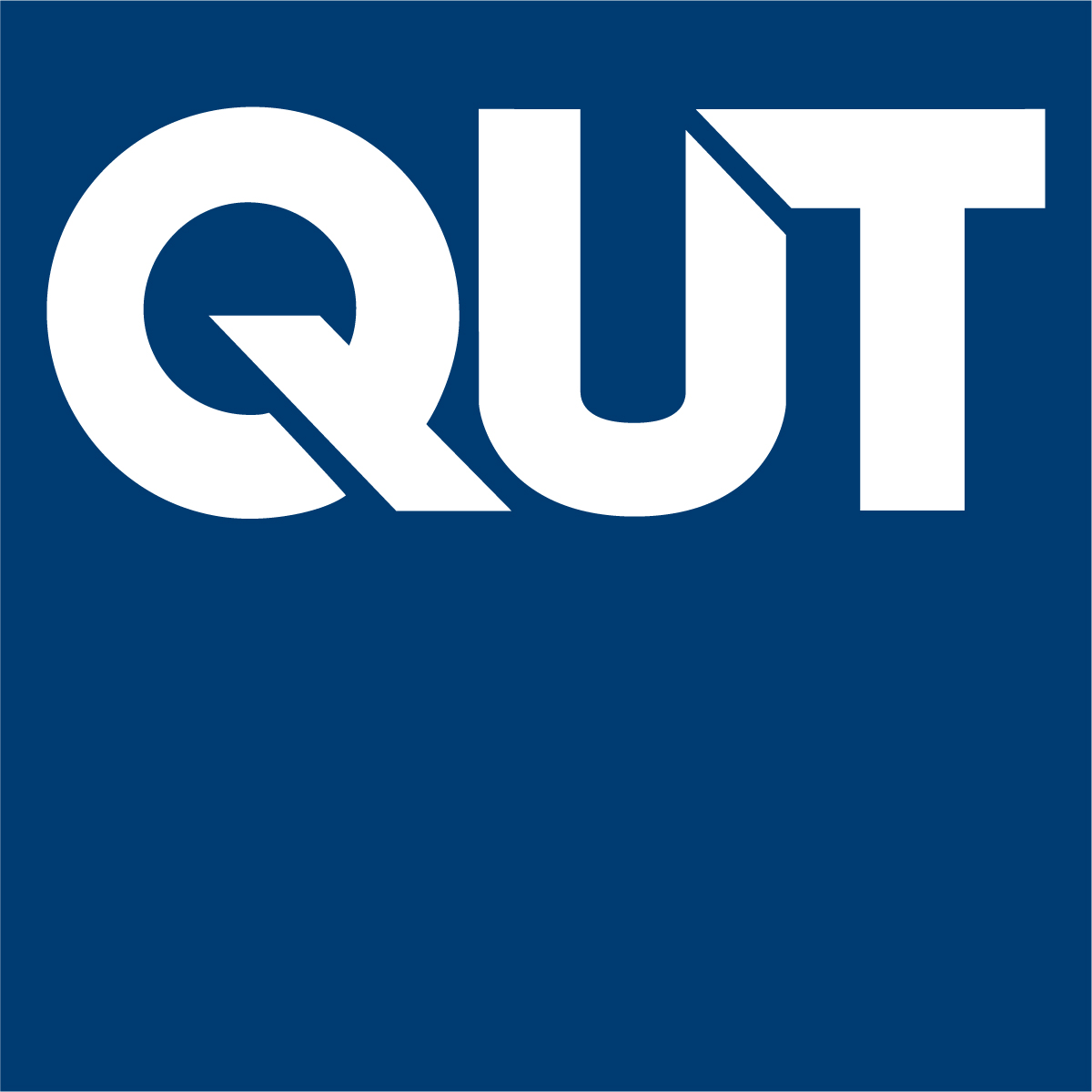The final panel on this day at AoIR 2018 is on journalism, and starts with Òscar Coromina. His focus is on the influence that trending topics on Twitter had on journalistic coverage of the Catalan independence referendum. Trending topics are important in directing user attention, especially in the context of breaking news, and Twitter is of course also selling advertising at the top of its trending topics list, indicating their importance.
Trending topics may be hashtags or phrases, and work in similar ways to enable the formation of ad hoc publics or algorithmically generated publics; they are technosocial actors in …












